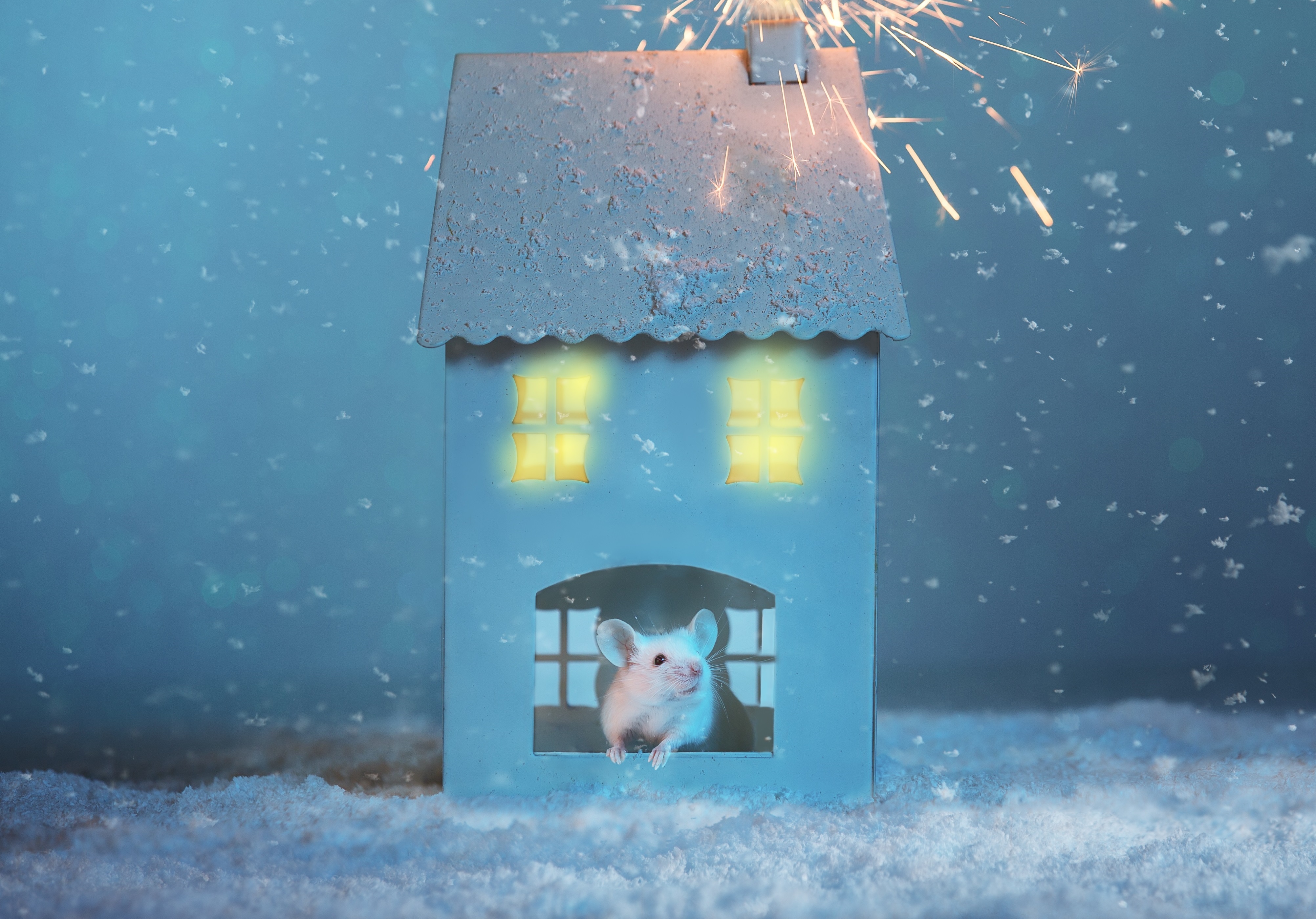A research team – co-led by Penn Nursing – has made a significant breakthrough in understanding the complex neural circuitry underlying reward and addiction by identifying 34 distinct subtypes of medium spiny neurons (MSNs) in the nucleus accumbens (NAc), a key brain region involved in pleasure and motivation. The findings, published in the journal Scientific Reports by Nature, offer insights into the diversity of these neurons and their potential roles in substance use disorders.

